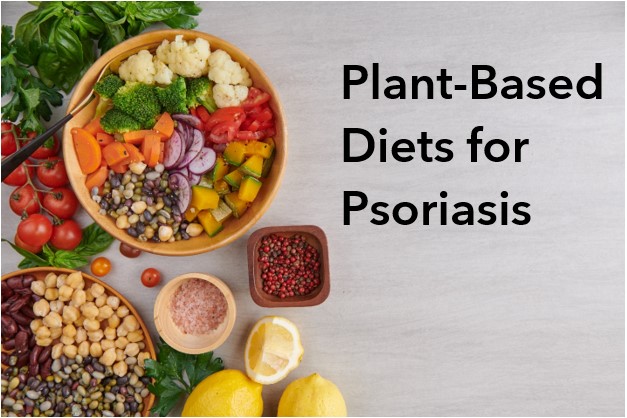Eating the Mediterranean way is easier than think!
Here are 7 EASY ways to start bettering your health with the Mediterranean eating pattern today.
#1
Cook with Olive Oil
Olive oil is an unsaturated fat filled with antioxidants and polyphenols. When we sub in olive oil in cooking and sub out butter and other saturated fasts, not only are you following the Mediterranean way but the health benefits are numerous.

#2
Give Veggies the Attention they deserve
The Standard American Diet is SAD, literally the acronym for it is SAD! Highly processed, fried foods, simple carbohydrates and sugar-laden sweets certainly do not give us the nutrients our bodies need. Only 1 in 10 Americans are eating enough veggies each day.
One of the biggest tenants of the Mediterranean eating pattern is the abundance of vegetables.
As a dietitian I’ve heard the same saying numerous times, “I don’t like vegetables.” Yet this is a self-fulfilling prophecy. You may not love how they were cooked for you as a kid (who actually likes mushy veggies?) or you may have tried green beans from a can and disliked the flavor. But, if you change your mindset to, “I am open to trying new things” or “I will try 1 new vegetables a week” the script is flipped. Be open, try new varieties and new methods. There are so many ways to cook vegetables that make them taste delicious. Plus fresh, frozen and even canned (low to no-sodium) all provide nutrients to fuel our best selves.
For your next meal, think of veggies first, fill half your plate with them and complement the vegetable with your protein and carbohydrate. Season with olive oil and spices, bon appetit!
#3
Beans, Beans, Beans
Beans are a staple part of the Mediterranean eating pattern. They give us loads of fiber, protein and minerals. Plus they’re cheap!
Beans work so well to give protein to a meatless meal. They are also a great way to plus up meals with meat. For example, add black beans to ground turkey tacos, white beans are great thickeners for soups. And don’t forget beans in dips, falafel, burgers and or a salty snack with crispy chickpeas.
George Clooney and I share the same sentiment for chickpeas.
#4
Swap in Whole Grains
First, let me say this, yes you can have bread! Swap out white breads and rice for whole wheat, whole grain varieties. Whole grains have more fiber, vitamins and minerals, plus more flavor and health benefits.
Plus you can have fun trying new grains. Never had farro? It is delicious, nutritious and truly simple to cook. It’s very similar to cooking rice! And don’t forget about oats, quinoa, farro, and brown rice. This simple swap will help you follow along the Mediterranean pattern.

#5
Snack on Whole Foods
What do I mean by snack on whole foods? Choose an apple with peanut butter. A handful of nuts. Sliced veggies and hummus. Peaches and yogurt. There’s nothing more fast food than an apple or banana.
Fruit, nuts and seeds are a big part of the Mediterranean eating pattern. They can certainly be incorporated into breakfast, lunch and dinner (and they should!) they also make great, portable snacks.
#6
Stop the Soda
One of the most impactful and beneficial changes in your eating will be to lose the sodas, energy drinks, and sweet teas and swap with unsweetened beverages. This might look like swapping 1 soda a day for a sparking water, then 2, then 3 per week and so on.
Plus, there are so many fun, unsweetened drinks out there now. Try a new sparkling water or jazz up still water with some fresh cut fruit or cucumber. You will feel fancy, trust me.

#7
Go Meatless or swap in fish 1x week
When you fill your plate with vegetables, whole grains, beans, nuts and seeds, it is easy to go meatless. Lentils are a great plant-based source of high protein. Give my lentil bolognese a try and let me know what you think!
This does not mean you have to go to the grocery or fish market twice a week for fresh fish. Canned fish totally counts here! Try salmon patties with canned salmon, they are GOOD. Tuna also works great as a shelf stable option. If you’re choosing canned, aim for only 1x week. And don’t forget fresh or frozen fish are excellent. Seared, roasted, air-fried, there are so many ways to cook fish that are delicious and not boring. And by the way if you are a vegetarian who does not eat fish or vegan, go for more veggies, beans and nuts instead. Walnuts and flaxseeds are nice plant-based options for getting your omega-3’s.











